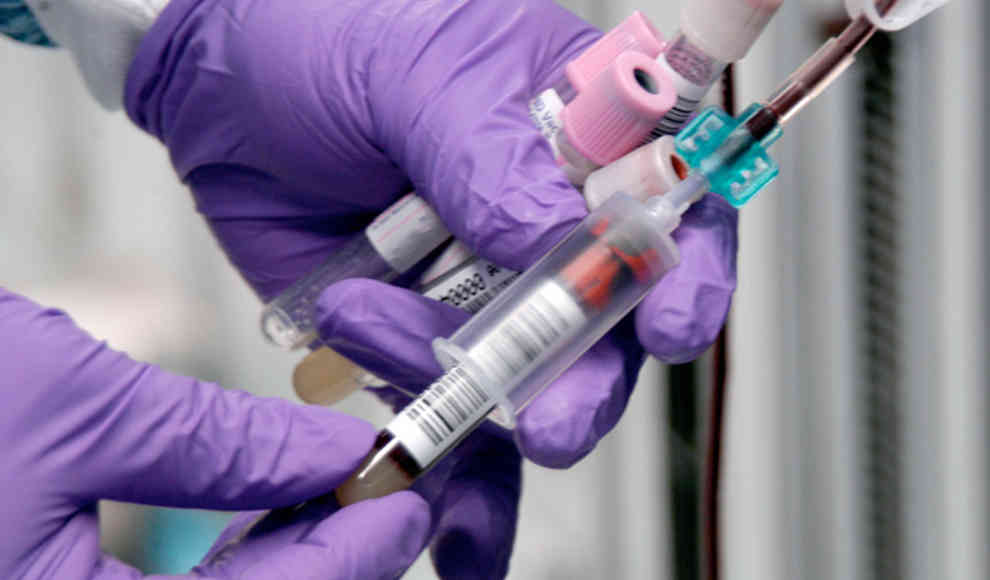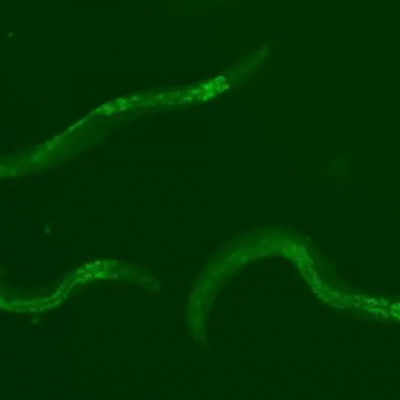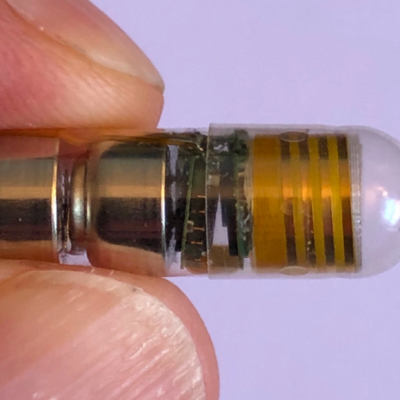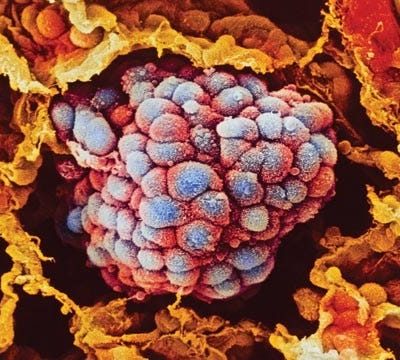Medics Find a Way to Detect Cancer Tumors in Blood Plasma DNA
Researchers at the Johns Hopkins University Cancer Center in Baltimore have discovered a way to detect cancer tumors in blood plasma DNA. This cancer test could provide a reliable diagnosis in the future without the need for invasive tissue biopsies. The DNA of cancer cells enters the bloodstream in small amounts from a tumor, regardless of its location in the body. The DNA of cancer cells can be detected in a genetic analysis of a blood sample, according to Rebecca Leary, a member of the research team at the Johns Hopkins University Cancer Center in Baltimore. Victor Velculescu and Luis Diaz, the study’s leaders, were able to detect a change in the number or structure of certain chromosomes and an increase in specific cancer-promoting genes in the blood plasma of colon and breast cancer patients. The researchers reported their initial success with the new cancer diagnosis test in the journal Science Translational Medicine.
The researchers hope that the current trend of falling prices for DNA sequencing will continue, making the cost of the blood test more affordable. The study showed that it is possible to detect chromosomal changes caused by cancer cells in the blood through genome sequencing. The new blood test is unique in that the researchers did not search for specific DNA sequences of a particular cancer type, but simply for deviations from the normal DNA structure that indicate cancer cells. The medics examined blood samples from ten patients with advanced colon or breast cancer for their study. The researchers also examined ten blood samples from healthy individuals for control purposes. The DNA in the blood sample was fully sequenced to draw conclusions about DNA from cancer cells. This analysis took about a month for each blood sample. The researchers were able to clearly identify the blood samples from the cancer patients and the healthy individuals. In each blood sample from the cancer patients, the medics found certain genetic changes that were not present in the blood samples from the healthy individuals. The most noticeable changes were in the number of certain chromosomes, rearrangements of DNA segments within a chromosome, and an increased number of two genes known to promote cancer growth.
While this method theoretically allows for the detection of any tumor disease, such a cancer test does not provide any information about the type of tumor or the location of the cancerous growths in the body. The method would need to be much more sensitive to detect cancer in its early stages, which would significantly increase the cost, according to the researchers.










